The industrial park project of Luoyang Langxu Industrial Co., Ltd. is located in Luolong Science and Technology Industrial Park. The main buildings include three production plants (including auxiliary rooms) with a total construction area of approximately 40,489 square meters.
1. Design & Engineering
Structural Design: Engineers design the steel structure based on the project's requirements. This includes load calculations, material specifications, and ensuring the structure adheres to local building codes and regulations.
Fabrication Drawings: Detailed drawings are created that include dimensions, connections, and assembly instructions for each component of the steel structure.
2. Material Selection & Procurement
Steel Selection: High-quality steel is chosen based on the type of project. This can include carbon steel, alloy steel, or stainless steel, depending on strength, corrosion resistance, and other factors.
Cutting & Sourcing Materials: Steel plates, beams, columns, and other components are ordered from suppliers and delivered to the factory.
3. Cutting and Shaping
Cutting: Steel sections are cut into required sizes using machines like shears, band saws, or laser cutting tools.
Bending & Rolling: Some components may require bending or rolling into curves or other shapes, depending on the design requirements.
Machining: Certain steel pieces may need further processing, such as drilling holes for bolts, threading, or welding preparation.
4. Welding & Assembly
Pre-welding Inspection: Components are inspected to ensure they are free from defects, and surfaces are cleaned before welding.
Welding: Steel components are welded together to form larger sections or assemblies. This may involve processes such as MIG (Metal Inert Gas), TIG (Tungsten Inert Gas), or stick welding, depending on the project’s requirements.
Welding Quality Control: Continuous inspection during welding ensures the welds meet strength and quality standards.
5. Surface Treatment & Coating
Shot Blasting: Steel components are often cleaned using shot blasting to remove rust, dirt, and mill scale before coating.
Galvanizing (if needed): Some components are hot-dip galvanized to provide corrosion resistance, especially for outdoor or exposed structures.
Painting: After surface preparation, components are painted with corrosion-resistant coatings to enhance longevity and aesthetics.
6. Quality Control & Inspection
Dimensional Checks: The fabricated components are checked to ensure they match the specified dimensions from the design drawings.
Non-Destructive Testing (NDT): Common tests include ultrasonic testing (UT), magnetic particle testing (MT), or radiographic testing (RT) to detect hidden defects in welds and materials.
Load Testing: In some cases, components are tested under load conditions to verify their strength and performance.
7. Pre-Assembly & Packing
Pre-Assembly: In many cases, sections of the steel structure are pre-assembled in the factory to ensure proper fitment before transportation.
Packing: Once the components are verified, they are carefully packed for transportation to the construction site. Crates or containers are often used to ensure safe delivery.
8. Transportation
Logistics: The fabricated steel structures are transported from the factory to the construction site, often in large shipping containers or flatbed trucks, depending on the size and complexity of the parts.
9. On-Site Assembly
Erection of Steel Structure: Once on site, the steel components are assembled using cranes, bolts, or welding as per the original design. This is typically done by specialized teams who ensure the structure is erected safely and according to the design specifications.
Final Inspections: Once the structure is complete, final inspections are performed to ensure it meets the safety and design standards.
10. Final Touches
Integration with Other Systems: After the steel framework is in place, other systems such as electrical, plumbing, HVAC, and insulation can be integrated.
Clean-up & Final Quality Checks: The final steps include cleaning, finishing, and making sure the entire structure is safe, functional, and aesthetically complete.
Factory Types and Processes
Integrated Steel Manufacturing Plants: These facilities have the ability to handle everything from raw steel production to fabrication, including melting, rolling, and finishing.
Steel Fabrication Workshops: These factories typically focus only on the cutting, welding, and assembly of steel components, sourcing raw steel from external suppliers.
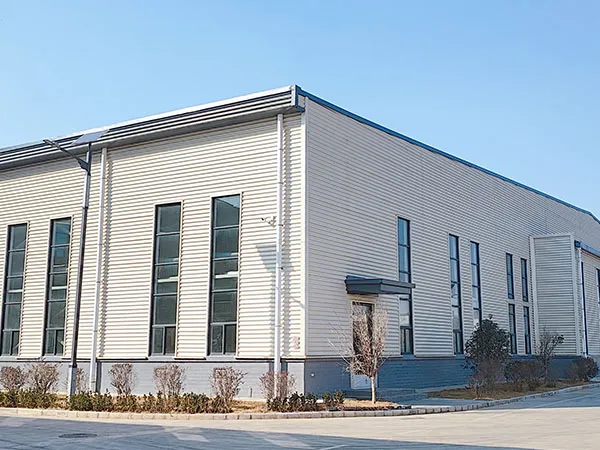
Steel Structure Workshop
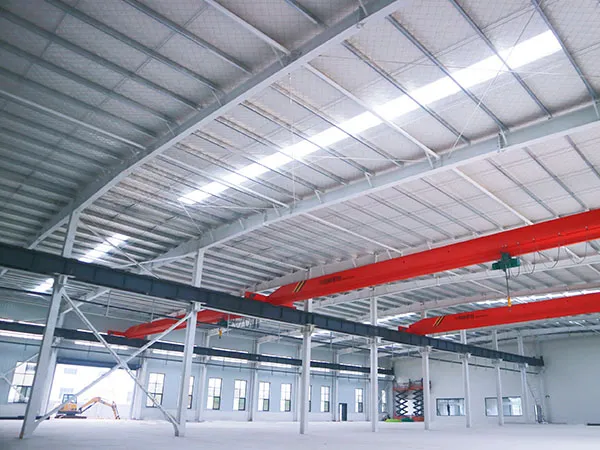
Steel Structure Factory
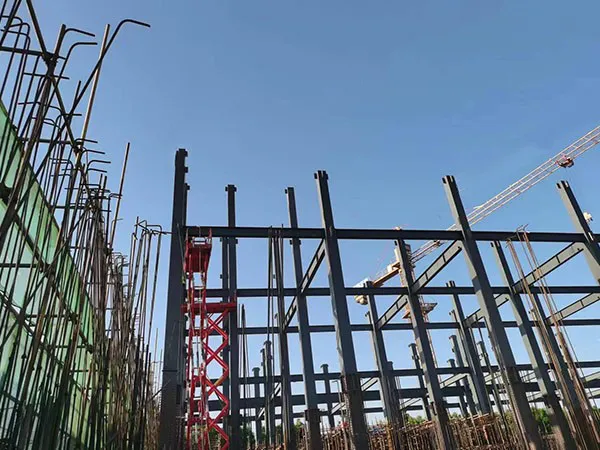
Steel Structure Cold Storage
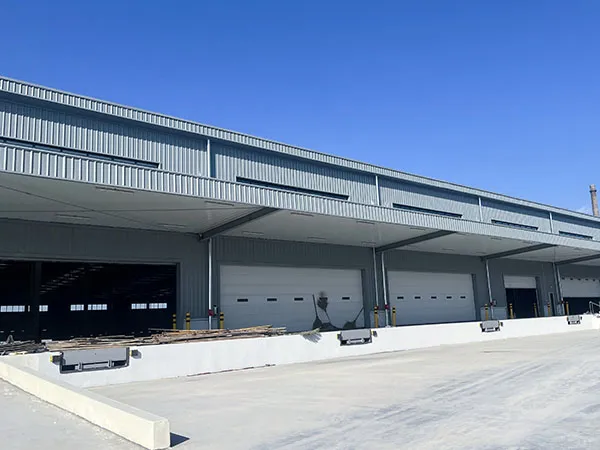
Logistics Park B04 Warehouse Steel Structure Project
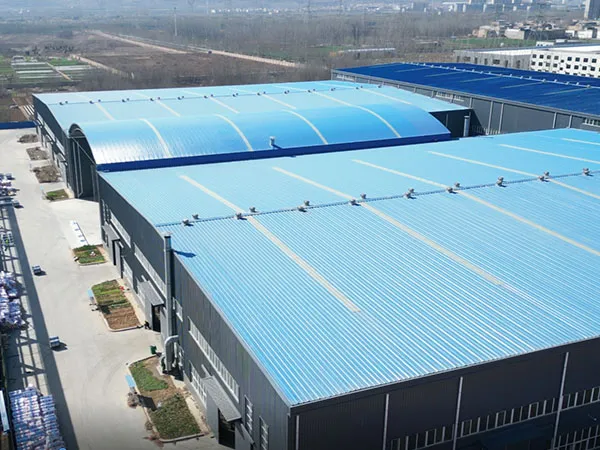
Fuchong Intelligent Glass Tempering Equipment Project
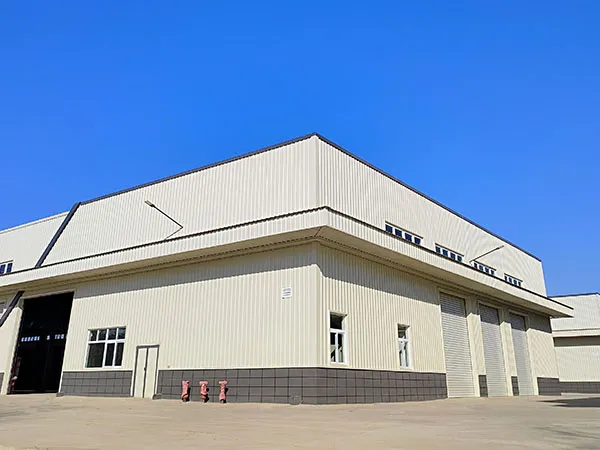
Henan Jiyuan South Passenger Transport Station Steel Structure Engineering Design Project
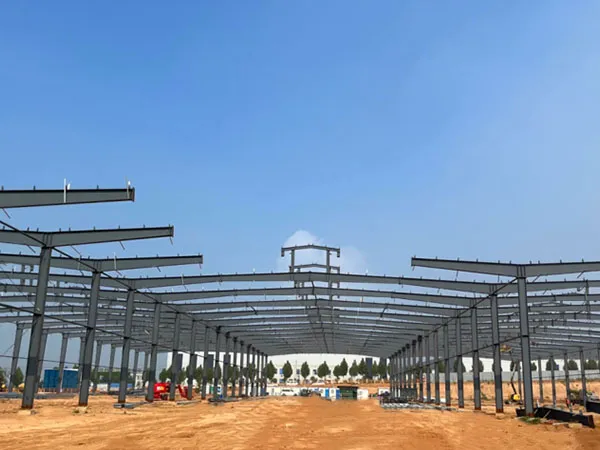
Luoyang Shangke Electrical Technology Co., Ltd. Project
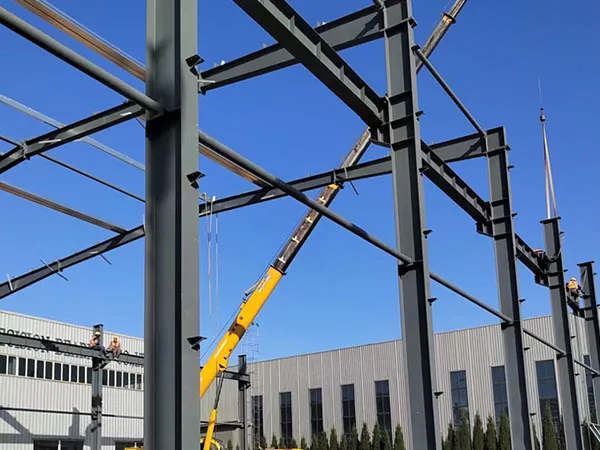
Luoyang Zhongyue Precision Bearing Co., Ltd. Steel Structure Plant Project